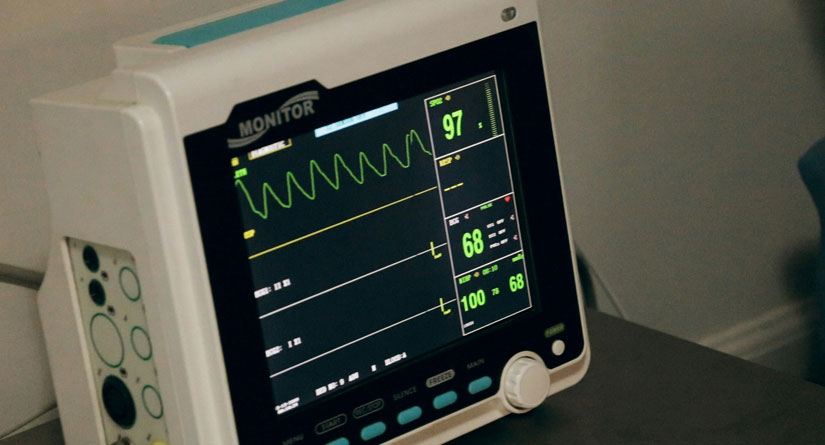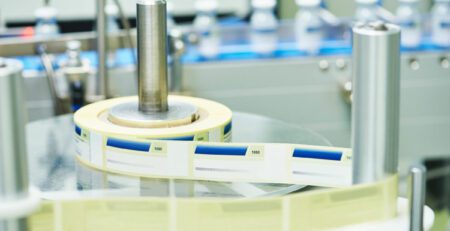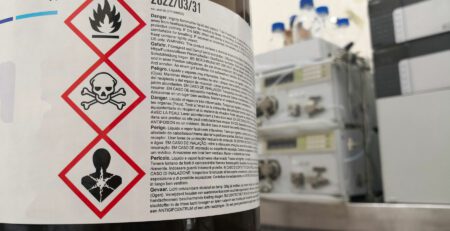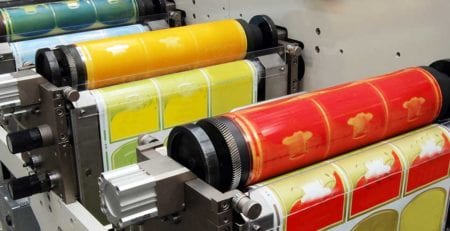Labeling Solutions for Medical Devices: Meeting Regulatory Standards
Medical devices have become more complex and specialized as they’ve been designed to provide more specific needs. Making sure these products are labeled accurately and consistently is not only important but also a requirement by the FDA. Regulatory compliance for medical devices is crucial, as medical devices are safest when labeled properly for their correct usage.
Safety is the number one priority when it comes to medical devices, regardless of the levels of innovation. Medical devices are put into three separate device identifier categories: Class I, Class II, and Class III. These different categories are based on the risk associated with each one.
- Class I devices are not high-risk. These kinds of devices are thought to be easy to use with general instructions and can be operated safely without extremely detailed labels.
- Class II devices are slightly higher risk than Class I, and as such, they require both specific and general instructions to be used safely.
- Class III devices represent the highest risk of the device identifier classes; therefore, they require both specific and general instructions, as well as the PMA process, in order to ensure that they are used safely. The PMA process is the Premarket Approval Process, where the safety and effectiveness of devices are evaluated.
Understanding the Regulatory Landscape
There are several different regulatory bodies that govern the safety and effectiveness of medical devices. The Food and Drug Administration (FDA) is the most significant. While this is the overarching body that regulates medical devices, a body under the FDA called the Center for Devices and Radiological Health, or the CDRH, regulates the manufacture, labeling, repackaging, and sales and importation of medical devices.
These regulatory entities specify regulatory requirements that labeling companies must follow. In the United States, these include:
- Medical device listing. Medical devices need to be listed with the FDA, and the establishments that are required to list them include contract manufacturers, manufacturers, repackagers and relabelers, contract sterilizers, specification developers, remanufacturers, reprocessors single-use devices, U.S. manufacturers of export-only devices, and manufacturers of accessories and components sold directly to the end user.
- Establishment registration. Establishments must be registered with the FDA.
- Premarket Notification 510(k) or Premarket Approval (PMA). You must receive approval from the FDA to distribute your device for Premarket notification. For PMA, these devices are typically class III and require greater regulation.
- Quality Systems regulation. These are regulations regarding the labeling, storing, manufacturing, packaging, installing, servicing, designing, and purchasing of medical devices.
- Investigational Device Exemption. Some devices can be exempted from preapproval if they’re being used in clinical studies to gain the necessary data for FDA approval.
- Medical Device Reporting. Some malfunctions, as well as whether a device has injured or caused the death of an individual, must be reported.
- Medical Labeling Requirements. There are requirements for both labeling the device and providing adequate literature about the usage and safety information of the device.
Medical Device Labeling Best Practices
The specific requirements that need to be met for medical device labeling standards include the place and name of the business and the intended usage of the device, as well as the directions for the usage of the device, including the quantity of dosage, the method and/or route of application, and the route of administration, at the bare minimum. For certain classifications, devices require greater requirements or different, modified requirements. Finally, specific kinds of devices, like hearing aids, require labeling that is specific to the type of device.
With all these regulations in mind, the best practices include:
- Clear and concise content. Information should be clear and easily understood.
- Use of international symbols and standards. Any symbols must be explained with a symbols index.
- Layout and design considerations. While there isn’t a specific improved design, it’s important that your label design can be replicated easily, easily understood, and made with quality materials for durability.
- Proper placement and size of labels. Labels must be located in an easy-to-find area, and they should be easy to read.
- Language and translation requirements. Translated labels should adhere to the same detail in which the labels appear in their original language.
Implementing an Effective Labeling Process
Medical device labeling standards are crucial in ensuring the safe and effective use of medical devices. In order to implement an effective labeling system, creating a format and layout that are repeatable is key. This means that the information on the label should be consistently organized and easy to understand.
One way to achieve this consistency is by creating a template for labeling that can be used for all medical devices. This template should include all necessary information required by regulations, such as the business name and address, intended usage of the device, directions for use, and any specific warnings or precautions.
It’s also important to ensure that labels are easily readable and durable. This means using high-quality materials that won’t fade or wear away over time. Labels should be placed in a prominent location on the device where they can be easily seen and referenced by users.
Regular audits of the labeling process are also essential to ensure compliance with regulations. This includes reviewing the content, layout, and placement of labels on a regular basis to make sure they meet all requirements.
By following these best practices and implementing an effective labeling process, medical device manufacturers can ensure that their products are properly labeled and provide users with the necessary information for safe and effective use.
Compliance Labeling Solutions
The requirements of medical device labels can be complex, but all the regulations must be followed for patient safety. The only way to ensure this is to use a trustworthy provider to create labels for your medical devices. Royal Label recognizes the importance of accurate and compliant label creation. Whether your design can follow one of our templates or you require a custom label, we understand that accurate labels are key. Reach out to our team today to see how Royal Label can assist you.





